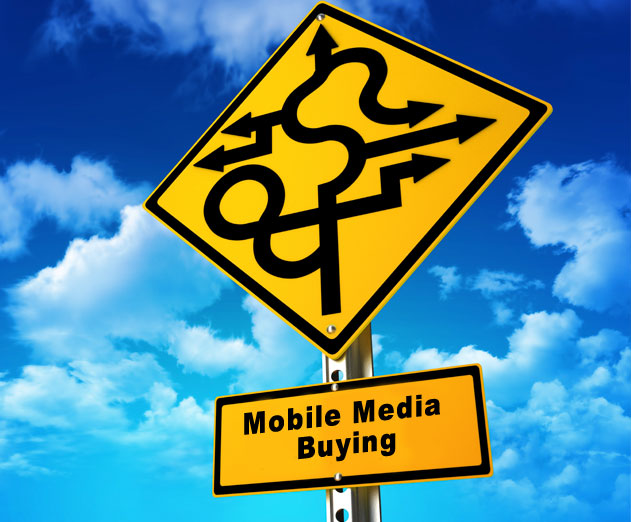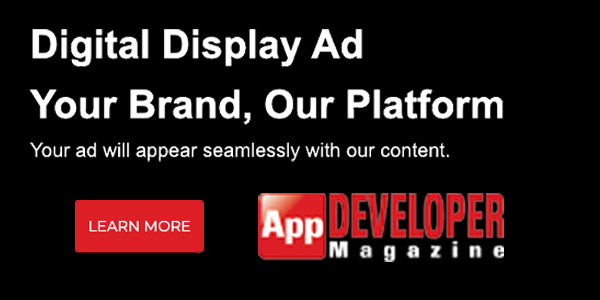The Long and Winding (Mobile Media Buying) Road
Thursday, November 13, 2014

|
Josef Mandelbaum |
App developers and mobile media buyers have long struggled with the maze that is mobile advertising – and for good reason. Vast amounts of ad space are sprawled out across hundreds of thousands of mobile apps, websites and games.
There are several ways to buy media (RTB, ad networks, Google, etc.), numerous types of ads (video ads, rich media, native ads, display ads, text ads, etc.), various campaign and user-acquisition strategies (burst, revenue, hyper-targeted campaigns, etc.) and countless traffic sources, each with their own distinct features, rules, and advantages.
Additionally, with the social media advertising market set to explode in the coming years (forecasts say social media ad spend will surpass $10 billion dollars by 2017 – due in part to mobile fueling market growth), targeting social network users on mobile has become critically important as well.
For media buyers, the process of trying to manage all of these traffic sources and marketing processes can be overwhelming. It is frequently accompanied by inefficient, broken and unorganized practices of ad buying, campaign measuring, and optimization, as well as a host of other challenges.
As the mobile advertising world continues to grow more complex, app developers and media buyers are continuously challenged to understand which traffic sources and campaign strategies perform best for their app and why.
In order to help explain this challenge, I’d like to elaborate on some of the main difficulties faced by mobile media buyers today.
Wide variety of traffic sources
As mentioned earlier, each mobile advertising traffic source has its own features, benefits, and procedures, leaving media buyers unsure of which traffic sources to work with. Evaluating the targeting abilities of each source and determining those that are the most effective for each campaign can be impractical.
Further complicating the landscape, media buyers must also determine which of the dozens of Marketing Partners offered by Facebook and Preferred Marketing Developers offered by Twitter will deliver the highest value for their respective businesses.
Then there are administrative processes such insertion orders, payments and billing operations which can be time- and resource-consuming due to the large number of contracts required. User-acquisition managers from big gaming companies are regularly tasked with the hassle of copy-pasting and formatting of excel sheets that are involved in trying to manage multiple traffic sources.
Fragmented and incomplete performance data
Getting an accurate measurement of media buying activity can be a difficult process. With data about cost, campaign performance, usage and revenue often found on different, disparate systems, the sheer amount of data can be difficult to get through.
Additionally, aggregated data is not available in real-time, making it extremely challenging to generate timely, actionable insights that can be used to deliver advertising value and campaign optimization.
When working with so many traffic sources, it can also be complicated to analyze and match data from in-app and in-game events (installs, opens, first-time deposits, etc.) in campaigns to determine which campaigns are delivering long-term value and ROI.
Lack of sophisticated re-targeting tools
Re-engaging former users is critical to mobile marketing success. However, achieving good results through real-time bidding (RTB) and scaling up RTB buying can be difficult because of the algorithmic processes, technology and learning curve required to carry out high-risk buying in scale.
Additionally, updating specific user segments for re-targeting can be especially complicated due to the lack of cookies in mobile apps as well as the lack of a cross-platform retargeting system.
Finally, with mobile users spending significantly more time on apps than in mobile browsers, retargeting only within their mobile browsers means that mobile advertising reach is inherently constrained.
The good news
While I have outlined a rather bleak picture, the good news is that the mobile media buying industry has made significant progress over the last several years, streamlining the process for media buyers and app developers. Yet there are still significant steps that need to be made.
I expect some of the bigger industry players to introduce numerous disruptive technologies over the next year, with a specific focus on building programmatic media buying platforms. Our industry is rapidly changing, offering new opportunities – and challenges – on an almost daily basis.
Check back in with me in six months and I hope that I will be able to confidently say that the industry is on the way to transforming the long and winding road of mobile media buying into a smooth, efficient highway.
Read more: http://www.perion.com/
This content is made possible by a guest author, or sponsor; it is not written by and does not necessarily reflect the views of App Developer Magazine's editorial staff.

Become a subscriber of App Developer Magazine for just $5.99 a month and take advantage of all these perks.
MEMBERS GET ACCESS TO
- - Exclusive content from leaders in the industry
- - Q&A articles from industry leaders
- - Tips and tricks from the most successful developers weekly
- - Monthly issues, including all 90+ back-issues since 2012
- - Event discounts and early-bird signups
- - Gain insight from top achievers in the app store
- - Learn what tools to use, what SDK's to use, and more
Subscribe here




_cptybzmh.jpg)








